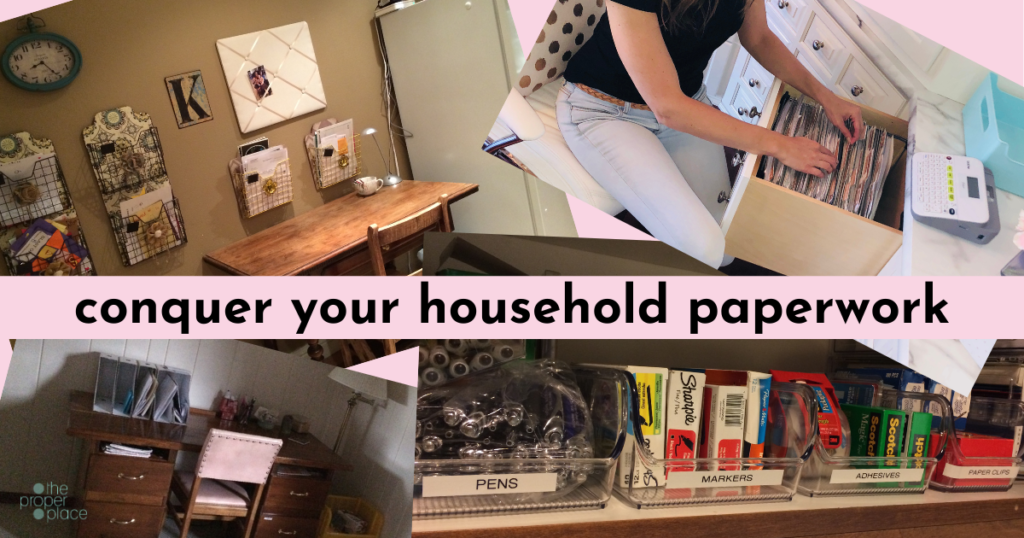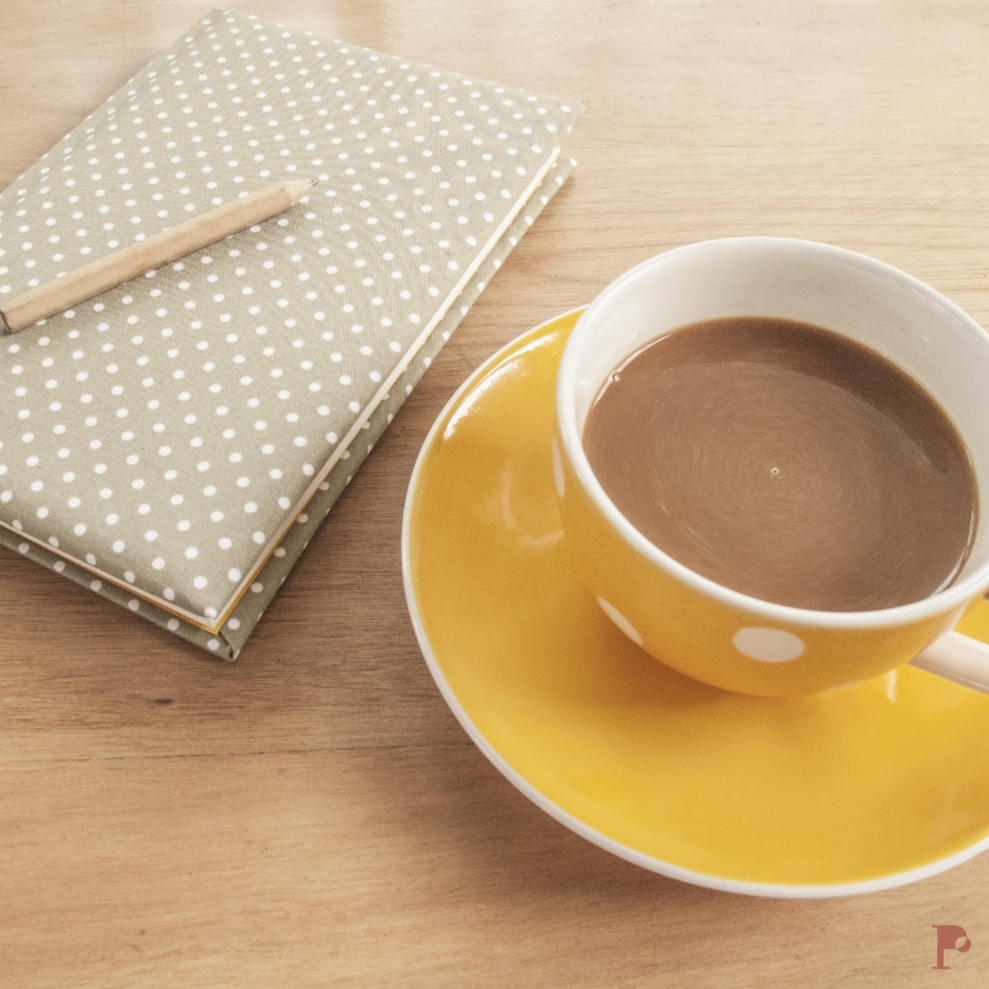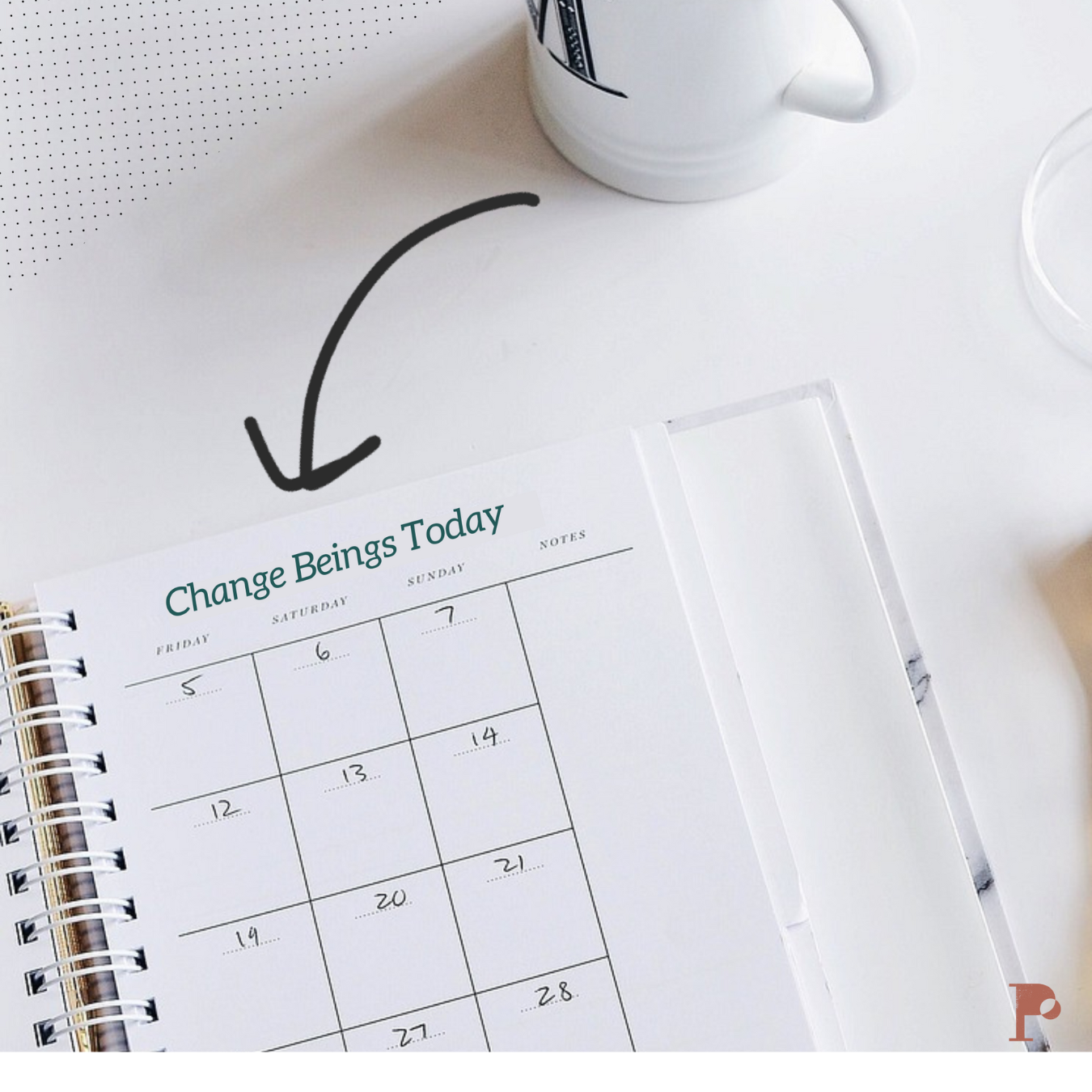All the paper in your household fits into three categories. That’s it. Three categories and all those piles will be organized and have function. You’re thinking, how could it be that easy? That’s just it. We make productivity and organization way too complicated. We get overwhelmed by the piles and the never ending school papers that come in the door. We over complicate the choices we need to make.
I’m here to tell you how to simplify and I want to give you this free resource to guide you down the path of a better paper flow in your home or office.
There are three main categories that all paper in your house fits into. I like alliteration as a way to remember things, so these are the three “A’s” of paper.
ACTION
Papers that require a task to be completed. Such as: bills to pay, forms to sign, etc. An action needs to take place for you to move the paper to its final destination. In most cases the final destination is the trash, mail, or file — once the action is completed. Keep these in file trays that are in plain sight.
ACCESSIBLE (REFERENCE)
Papers that you need to access often, refer to, or are kept short term. Most reference papers will eventually be thrown away or replaced with an updated version. Such as: calendars, payment reminders, invitations, seasonal info, meal plans, gift cards, etc. Keep them in a binder, file tray, or pin to a cork board/fridge.
ARCHIVE (FILE)
Papers that are essential to keep, but don’t require further action. Such as: paid bills, papers for tax documentation, lease agreements, insurance docs, manuals, etc. You don’t need every piece of paper forever. Keep only what’s essential and required by law. Store in a file drawer or safe.
Action, Accessible, and Archive. That’s it folks. Now you may have instances where you need to create sub-categories within these areas, but these are the first level of choices you need to make when sorting your paper.
Now that you know what categories your paper go into, you need to find a way for them to get into their final destination. Create a system — or as I like to call it, a paper flow or exit strategy for your paperwork. It needs to have obvious steps on what you need to do with each paper from the time it comes in the door, until it’s in it’s final destination (file, trash, mail, etc).
Things to consider:
#1 create a landing zone for paper until you are able to address it
#2 designate where each category of papers need to live
#3 determine which categories + sub categories are appropriate for you
#4 when will you deal with the action items?
#5 when will you file the archive items?
#6 plan for annual/monthly maintenance so you don’t keep what you don’t need
#7 determine plan for the kids papers and memories (what to keep and what not to keep–hint: these are in the archive category)
#8 what else do you need to consider for your paper flow?
#9 what’s your main exit strategy for your papers?
Paper piles don’t appear overnight, therefore they wont disappear overnight. But GOOD NEWS! You don’t need to wait for all the piles to be sorted before you implement your new paper flow. As new papers come into the house, have a plan and flow for them. Then as you have time, you can sort through the other piles and push them into your flow (or get rid of them!). Set your timer for 20 minutes to sort one stack of papers each day. The piles will disappear with some dedicated decision making and a new plan in place!
Next steps:
Request your free resource – Your Paper Flow Chart. Read through it and start to put your own plan into action. What does your paper flow need to look like? Write out your own personalized flow chart and put it into action.
Need more support? Schedule a free and quick 15-minute phone call with Michelle to figure out ways to conquer your paper forever.




